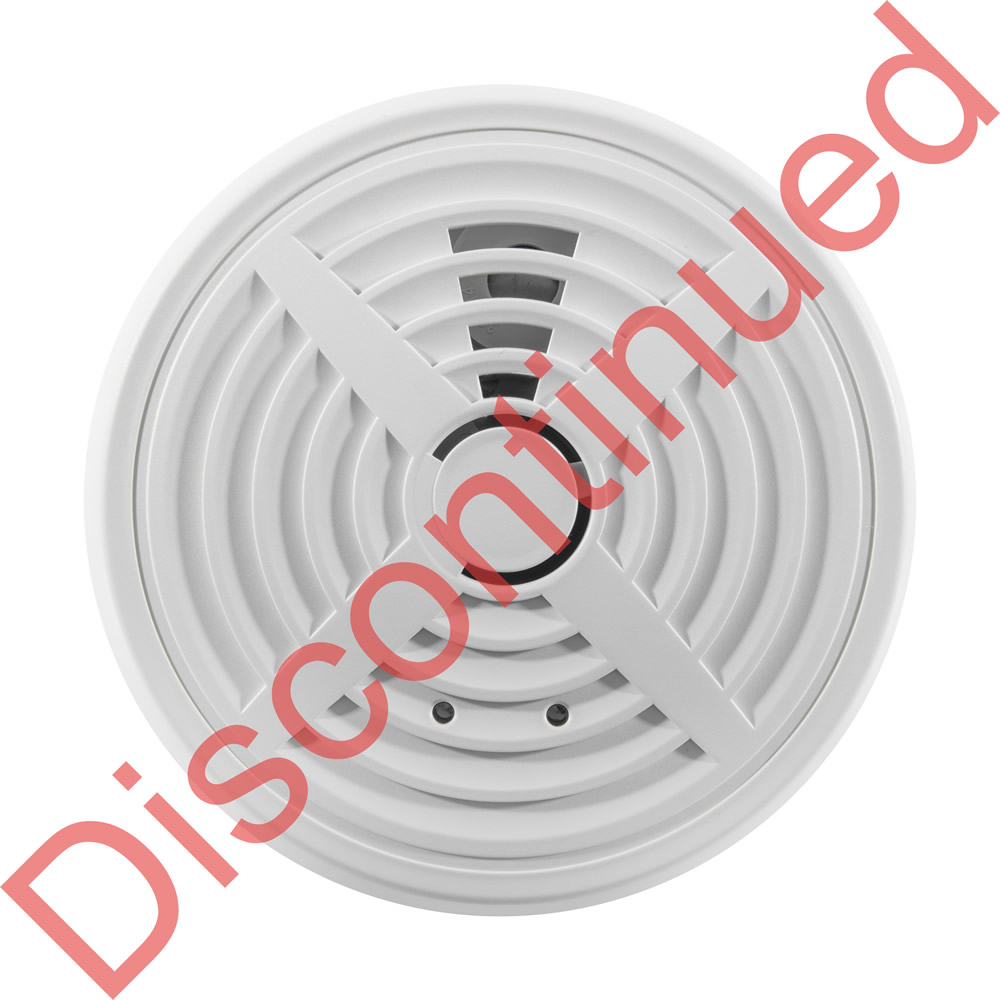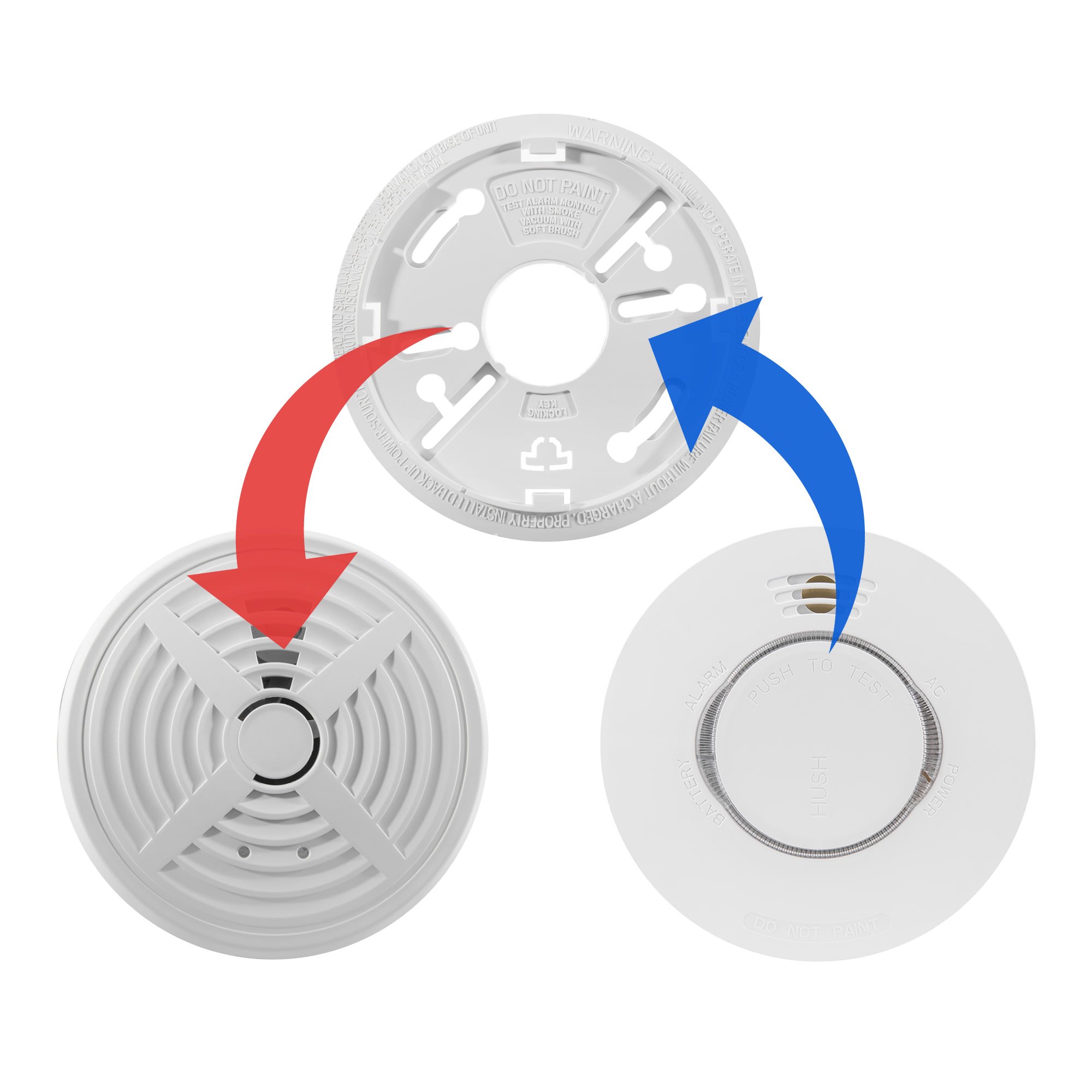-
Contact
Sales & Customer Service
0800 612 6537 support@safelincs.co.uk Live ChatDelivery Enquiries
0800 077 6149 - Resources
Fire & Safety Solutions
CALL OUR TEAM NOW 0800 612 6537
Lines open today 8am - 6pm
Quick Delivery
From £3.19 inc VAT
Secure Payments
with our fast checkout
Live Customer Chat
Available Now
30 Day Accounts
for Public Sector
5 Star Customer Feedback
Mains Powered Optical Smoke Alarm with Alkaline Back-up Battery - BRK 660MBX
Discontinued Product - Compatible Replacement Available
This product has been discontinued, but there is a compatible replacement available.
alternative product
easichange® BRK 660MBX & 670MBX Replacement
- easichange® replacement alarm kit for BRK 660MBX and 670MBX alarms
- Optical smoke detector to replace optical and ionisation alarms
- FREE easichange® tool included with every purchase
- Quick change guide for easy replacement
- Fits onto existing BRK baseplate
- Suitable for BS 5839-6: 2019 Grade D2 installations
£39.95 inc VAT
£33.29 ex VAT
Product Overview
Interlink
Technical Data
FAQs (2)
The BRK 660MBX mains powered optical smoke alarm uses thermally enhanced sensing technology to quickly detect slow smouldering fires. Fitted with a 9V alkaline back-up battery to continue powering the alarm after a mains failure, the 660MBX can be hard wire interlinked with up to 12 smoke and heat alarms within a single system.
- Power: 230V mains powered with back-up battery
- Backup Battery: 9V alkaline backup battery (included)
- Warranty: 5 year manufacturer's warranty
- Please note that BRK are no longer manufacturing new stock for the European Market and while the products will have a 2018 manufacturing date they still provide a full 10 year lifespan and full warranty cover from date of purchase
- Includes slimline twist-fit base suitable for flush mounting
- CE marked and Kitemarked to BS EN 14604
- Suitable for installations complying to BS 5839-6: 2019 Grade D2
- Provides quick detection of slow smouldering fires
- Suitable for bedrooms, living rooms and downstairs hallways
- A maximum of 12 600MBX series smoke and heat alarms can be interlinked (via cable)
- An interlinked system provides the earliest possible warning of fire
- Test and hush button feature
- Suitable replacement for the DETA 1153 and DETA 1113 Thermally Enhanced Optical Alarms
- Supplied with fixings; 2 x screws and 2 x rawl plugs
- Product warranty and life commences from date of purchase
- This alarm is also suitable for the updated 2022 Scottish legislation for fire alarms in homes
Please note: for surface-mounted wiring such as trunking the base plate included with this alarm is not suitable; please see the BRK 760MRL with push-fit base instead.
The table below shows all the units that can interlink with the BRK mains powered smoke and heat alarms.
Alarms from the Same Series
| Model Number | Type of unit | Type of Interlink |
|---|---|---|
| 670MBX | Ionisation Smoke Alarm | Hard wire interlink |
| 660MBX | Optical Smoke Alarm | Hard wire interlink |
| 690MBX | Heat Alarm | Hard wire interlink |
| Product Code | BK660MBX |
|---|---|
| Alternative Product Codes | BK660MBX, 660MBX, DETA1153, 1153, DETA1113, 1113, 650MBX |
| Brand | BRK |
| Back-Up Battery | 9V Alkaline |
| Dimensions (HxDia) | 44x140mm |
| Operating Temperature | +5°C to +38°C |
| Relative Humidity | 10% to 85% |
| Sound Output | 85dB |
| Warranty | 5 Years |
| Weight | 0.27kg |
| Product Datasheets |
Q. What sort of smoke alarm system would I need to install for a HMO?
A.
BS 5839-6 recommends that one or two storey HMOs with an individual floor area of no more than 200sqm (not the total of both floors) should have a Grade D smoke alarm system installed. Grade D refers to mains powered smoke alarms with a back up battery power supply. The alarms can be interlinked either by wire or by radio signal and the system does not require a separate fire alarm panel. For HMOs of 3 storey or higher, a Grade A panel system would need to be installed. This can cover the whole of the building, or can be used just for the communal areas with a separate Grade D system installed for the individual dwellings. For both applications, the level of cover should be a minimum of LD3 (in all escape routes) but this may change according to the fire risk assessment.
Q. Hi, will a BRK 660MBX work in a system with 650MBX?
A.
Yes, the 650MBX is compatible with the rest of the 600 series including the 660MBX.
Customer Reviews
12 customers have given this product an overall rating of 4.8 out of 5
Reviews by real customers
All of our product reviews are written by real customers that have purchased this product from us and are published without modification.Rating: 5 / 5 Stars
Reviewed by: D C
UPRATED OLD UNIT WITH THIS ONE EASY FIT
Published on: 24th November 2020
Rating: 5 / 5 Stars
Reviewed by:
Excellent replacement product matches and fitted easily with existing system Excellent guidance and advice on updated model of alarm to fit existing system.
Published on: 18th April 2020
Rating: 5 / 5 Stars
Reviewed by:
Excellent. Fitted by a qualified electrician we feel safe in our home.
Published on: 30th April 2018
Looking for more information?
If you have any questions or would like more information about this product you can ask one of our specialists.
Live Chat Available Now
Direct Telephone
01507 464181































